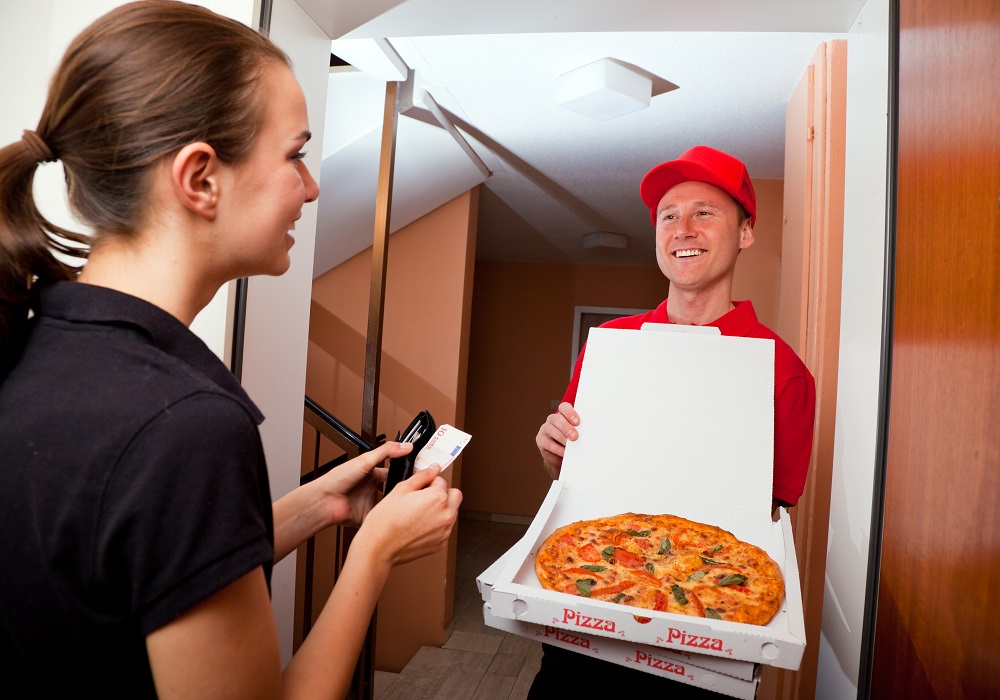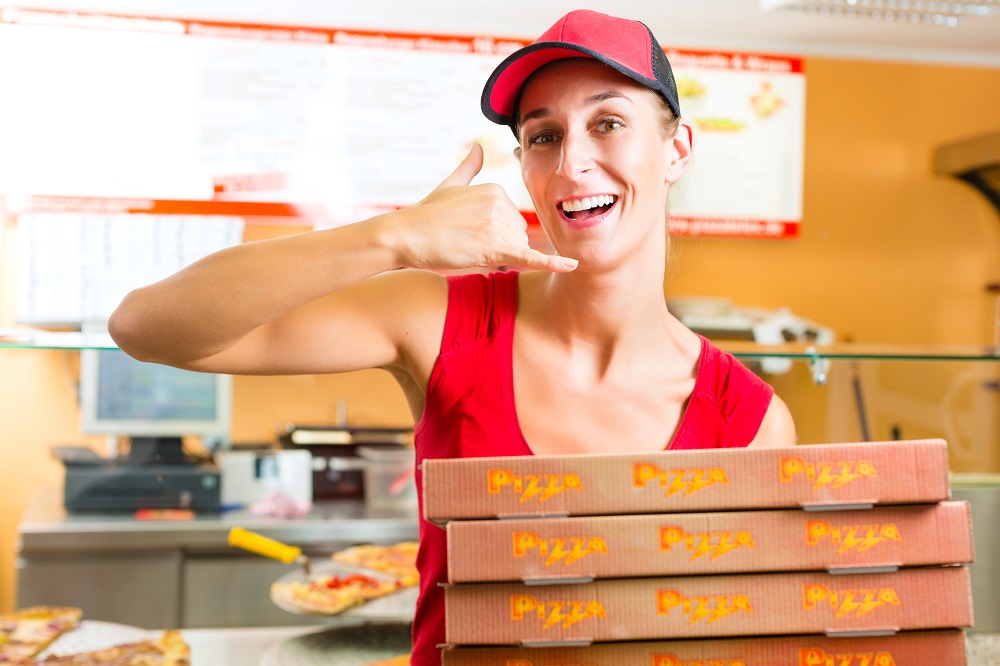Aggregators and New-Delivery Players: The Future of Food Delivery Service

Technological advancements enable businesses to improve different aspects of their operations, including food delivery service. Innovations like online ordering portals gave people access to a wide range of food options, which is a big leap from having only Chinese food and pizza as choices.
The market today
Food delivery also appeals more to consumers because it’s quicker and has more flexible terms, especially since time- and convenience-driven consumers make up the majority of today’s market. GrubHub, the leading US food delivery service with a 34 percent market share, asked its users why they prefer to have food delivered. Forty-three percent said they don’t want to cook, while 28 percent said they don’t have the time to prepare their own meals and clean afterward.
Investment bank UBS says the market for food delivery is bullish and could grow from $35 billion today to $365 billion by 2030. A large driver of this demand is the millennial demographic who will form about 70 percent of the market by 2020.
The rise of aggregators and new-delivery players
The most common form of delivery is still the traditional method, where customers phone in their orders and wait for the restaurant to deliver their food. This contributes to 90 percent of the market share. But online delivery portals are quickly changing this trend. Currently, there are two platforms available online: the aggregators and the new-delivery players.

The aggregators are apps or websites that allow people to place their orders online as well as compare menus, prices, and reviews from a community of users. The third party aggregator forwards the order to the restaurant which then performs the processing and delivering. Aggregators collect a fixed percentage of the order from the restaurant. Typically, there is no additional charge for customers who use this platform.
Collaborating with aggregators is a way for restaurants and fast-food chains to tap into the online market and increase their sales without having to develop their own programs or software.
Some of the biggest names for this kind of third-party application today are Delivery Hero, Foodpanda, and Grubhub.
New-delivery players, on the other hand, are also a third party that allows customers to compare offerings from different restaurants and place their orders through the app. However, compared to aggregators, new-delivery players perform the delivery service. This is ideal for higher-end restaurants that traditionally don’t deliver or for businesses that don’t have their own logistics system.
The new-delivery party receives a fixed margin of the order from the restaurant, plus a small service fee from the consumer who uses the app. Some examples of this platform are Deliveroo and Foodora.
The effect on restaurants
The large volume of orders is taking a toll on restaurants’ operations. To accommodate the growing demand, they’d have to make their processes more efficient and delivery-friendly. One of the ways they can do this is by using delivery vehicles that can carry a larger volume of food instead of the typical motorcycle courier. Restaurants can look for a Ford Transit Full-size Van, a Nissan NV2500 Cargo, or a Freightliner Sprinter Crew Van for sale since these are the ones fit for delivery services.
Certain food products are also not ideal for take-out containers. Restaurants try to look for packaging that can support the different weights and textures of food and retain the quality of the meal.
To keep up with the times and to cater to the ever-changing needs of consumers, businesses must analyze their operations and adjust accordingly to stay competitive in the market.




